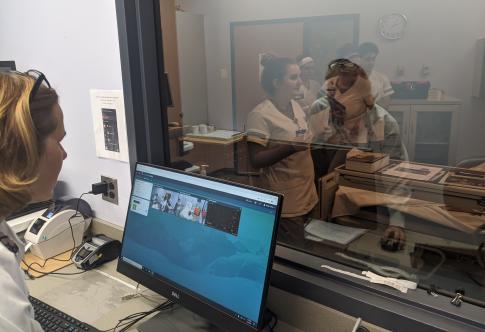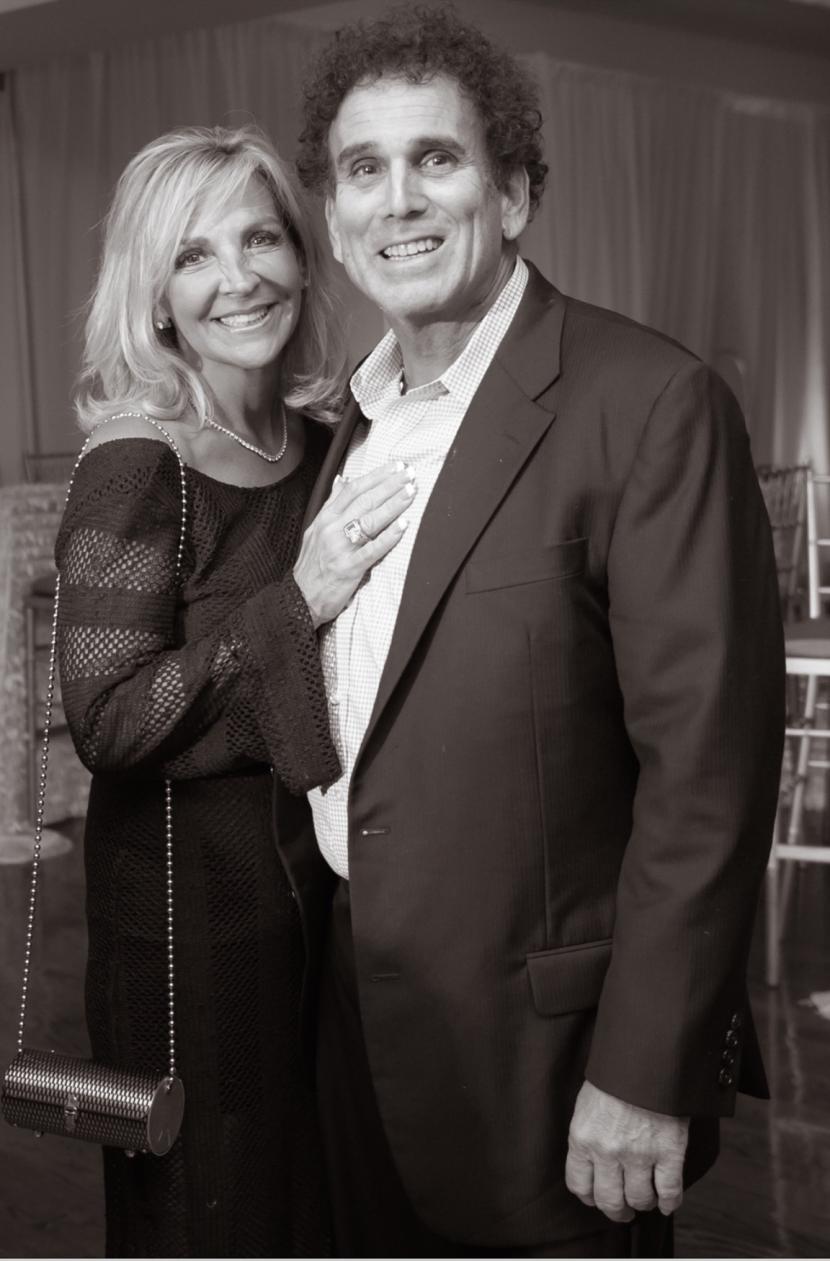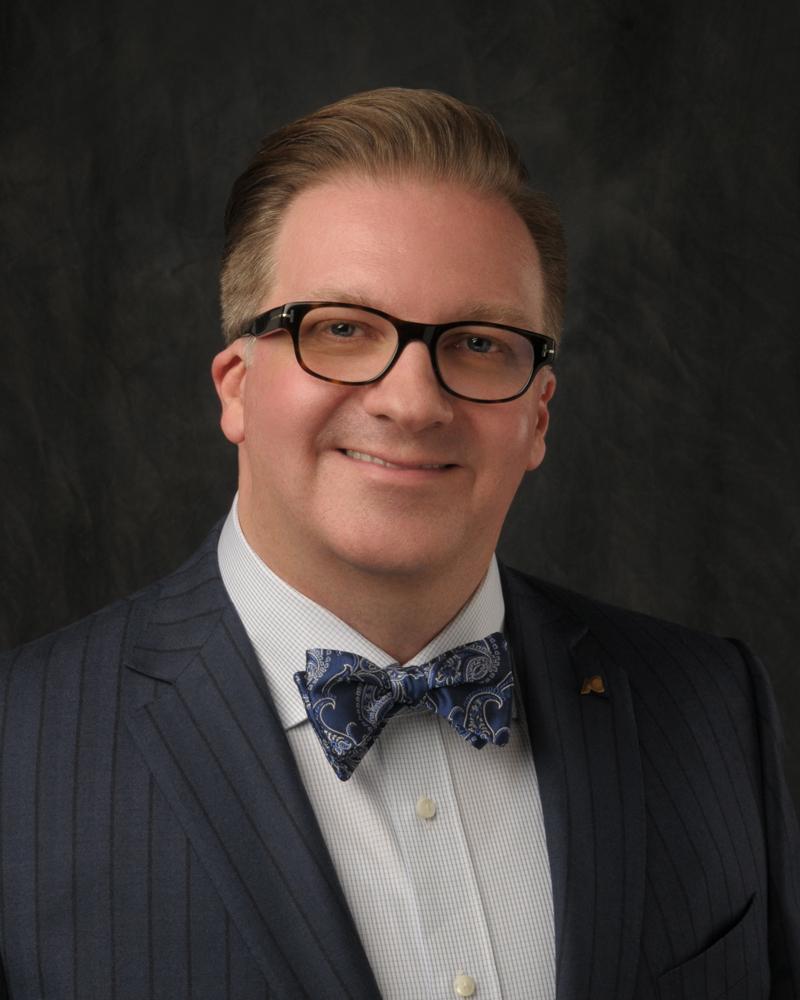By Irvin B. Harrell
Working in the health-care industry is often a race against the clock. Lives hang in the balance and mere seconds can make a difference in health outcomes.
In response to this sense of urgency, Old Dominion University's School of Nursing over the past two years developed a teaching technique that literally and figuratively involves thinking outside the box - a "clinical escape room."
The school's simulation laboratories at the Virginia Beach Higher Education Center allow students get hands-on experience working with patients throughout the lifespan with a talented team of instructors. Three of these instructors - Janice Hawkins, Beth Tremblay and Lynn Wiles - developed a method for teaching students safe medication administration using a popular and innovative entertainment concept.
The escape room was part of a Faculty Innovator Grant with ODU's Center for Learning and Teaching (CLT).
"We piloted the escape room in 2018 with our seniors," said Lynn Wiles, undergraduate program director for the School of Nursing. "This was not mandatory for them but intended to test the design. This was a very good idea as it helped us work out a lot of kinks."
Like conventional escape rooms, which have grown in popularity, the school's version is complete with hidden clues, combinations, locks and, of course, a timer.
After the pilot, the school ran the escape room in January and March 2019 with 62 students and again in January and March 2020 with 78 students. The school also has made the template available to educators nationally.
Here's how it works.
- Teams of three to four students are put in a simulation lab that is monitored by a faculty member. They are presented with a scenario involving the university mascot, who has been admitted to the hospital with heart problems brought on by an exciting football rivalry game.
- The escape room requires the students to communicate and work cooperatively to unlock several clues, administer the correct medications and, inevitably, escape. During the exercise, the students are allowed 25 minutes and can ask for as many as two clues to progress through the simulation.
- Once the simulation is completed, the students participate in a facilitated debriefing where they critique their individual and team performance and group dynamics. Faculty and students explore whether the team collaborated to safely administer medications or whether progress was hindered by safety violations.
Student evaluation occurs through multiple methods. First, groups are judged on "escape" time and number of hints given. Second, the group is scored using the safety and communications subsections of the Creighton Competency Evaluation Instrument (CCEI). This nationally recognized tool has subsections that measure safety and medication competency.
While the escape room gaming scenario is a novel way to learn new concepts, faculty members recognize that safe medication administration is not a game and students must master these skills.
"Additionally, students provide feedback evaluating the efficacy of the gaming module and escape room as they relate to learning, collaboration, communication, teamwork and competency," said Hawkins, a clinical associate professor at the School of Nursing.
Wiles, Tremblay and Hawkins presented their work at Sigma Theta Tau International in mid-November last year.
"We were so jazzed by our reception and from the energy of the audience when we presented," Hawkins said. "Not only were we accepted for our original presentation, but we were also invited to present for a second time to share more about the behind-the-scenes planning and how to run one. We ran it as a workshop eight times to an overflow audience each session."
The escape room team consisted of Tremblay (a lecturer), Wiles and Hawkins, from the School of Nursing; David Figgs, the school's simulation technician; Beth Thompson, a former school faculty member; and the CLT's Dan Greenwood, an instructional technology specialist; Deborah Norris, an instructional designer; and Brian Williamson, a multimedia designer.







